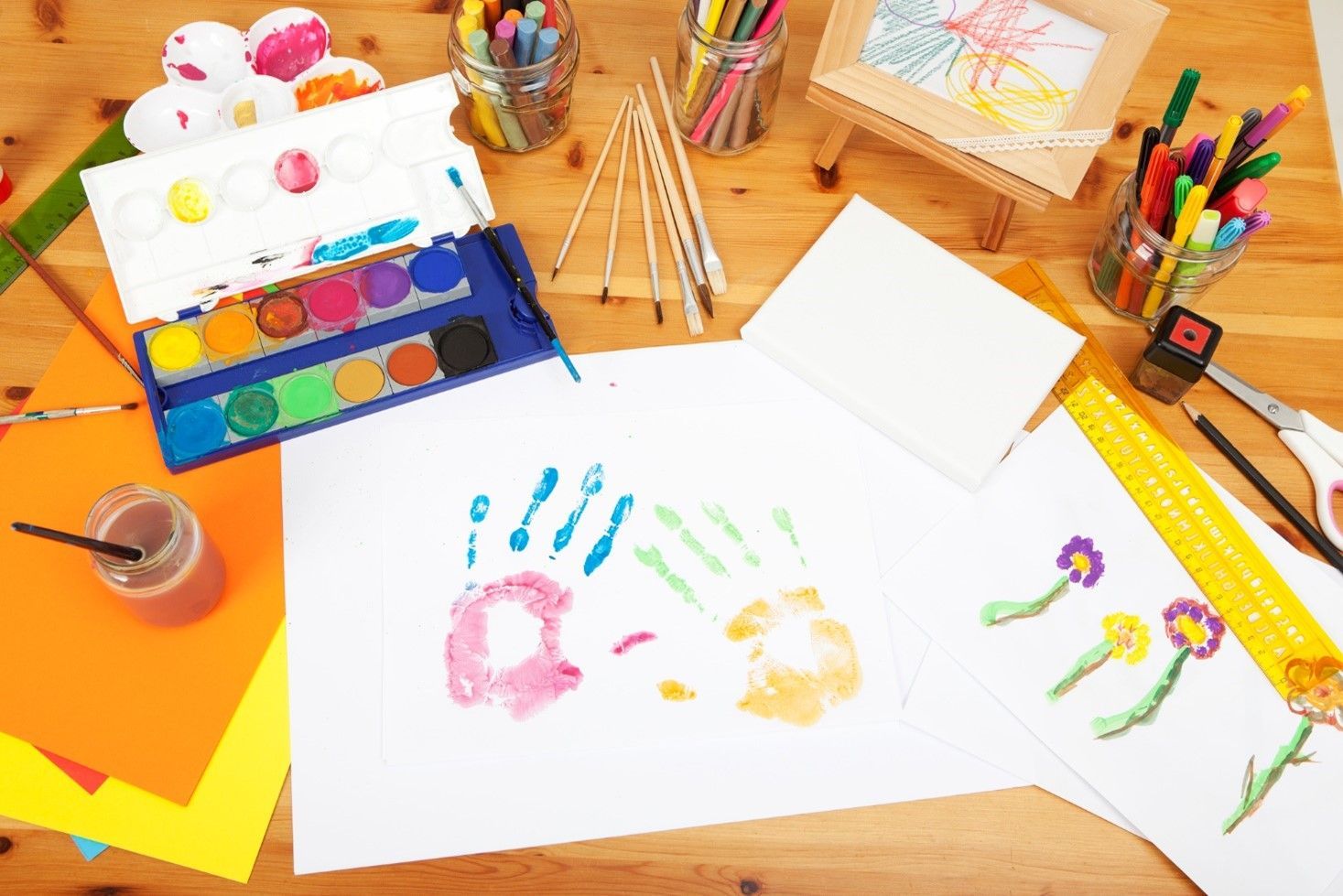Childhood Stages of Drawing and Writing
- By Admin
- •
- 27 Dec, 2017
- •

Your toddler's seemingly random scribbles are much more than crooked lines, whirls and zigzags. They're a step on the road to writing and part of your child's cognitive development. Even though making marks may seem like a purely artistic pursuit, this activity actually helps your child's development in many different ways - including building early literacy, cognitive and fine motor skills.
Those drawings that your child brings home daily from daycare are signs that skill building is happening. And it's happening right in front of your eyes. Children progress through stages of pre-writing and writing. Just like your baby crawled before they walked or babbled before they talked, they'll also scribble before they write.
With that in mind, your child doesn't just develop letter-writing skills in a step-by-step progression. They also work through a series of stages of drawing.
Like other areas of development, you may start wondering, "Is my child meeting writing and drawing milestones?" Understanding the stages of drawing can help you to make sure that your child is on the right path.
Developmental Differences
Keep in mind, different children have somewhat different rates of development. If your child is slightly lagging, you probably don't have reason to worry. Being weeks, or sometimes even months, off typically isn't a cause for concern.
But if your child misses milestones (whether it's drawing/writing or in any other area), talk to a pro. Your child's preschool teacher is a first step. They can let you know what your child is doing at school and can refer you to an expert in the area.
Random Scribbling
Scribbling is the name of the game during the early toddler time. From roughly 15 months to 2 years old, your child learns how to move writing and drawing instruments around on paper.
Think of this as a time of experimentation. Your child isn't ready to make purposeful marks. At least, they aren't yet. They're enjoying how the marker, crayon or pencil feels as they move it around the paper and are busy watching the colors move across the page.
Controlled Scribbling
As your child moves into the 2- to 3-year-old stage, they start to make purposeful marks. Your older toddler develops the self-control and muscle control to draw lines, dots and other simple shapes.
Along with drawing purposefully, your child may even pretend that their scribbles and lines are actual letters. You may notice your tot pointing to a zigzag and saying, "M," or holding up what looks like a string of scribbles and proudly announcing that they wrote their name.
Real Pictures and Letters
During the preschool years, ages 3 to 5, your child is ready to draw actual pictures. A young preschooler's objects, people and other drawn items may look more like organized scribbles than anything else. That said, your child is purposefully trying to make something and has the words to describe what they've drawn.
The later preschool years will find your child drawing pictures that look much more like the real thing. You'll be able to pick out the people in the family portrait that they are drawing, and you may also see that your child has labeled their drawing with letters or a simple word (or two).
During this time period, your child is ready to understand that their pictures are symbols. Along with gaining this understanding, they are also learning that letters are symbols as well. This realization is a major development and a hefty step when it comes to becoming a writer.
Are you looking for a way to help you child learn and develop? Riviera Daycare & Preschool can help.
Starting preschool can be a daunting experience for children Read this blog to learn how to help your child overcome separation anxiety.
Here are some key questions to ask during a parent-teacher conference and what you can expect from a conversation with your child's teacher.
A solid foundation in emotional development can set the stage for a lifetime of healthy relationships and successful interactions. Read on to learn how.
Know the benefits of outdoor play for young children? Take a look at what parents need to know about outdoor play, play spaces, learning, and development.
As your child enters preschool, they begin to embrace independence. However, you may start to notice certain behavioral problems. Read on for more info.
Enrolling your child in daycare is one way to give them the best start in life. Read on to discover some of the benefits of sending your child to daycare.
Preschool can be an exciting but overwhelming experience for parents and children. If your child is about to join preschool, have the following items.
Three may seem fairly young to start sending your child to preschool, but the benefits of two full years of education are manifold. Here are four.







